Internet Research Project
1. Privacy Risks In Data Collection and Storage
Data collection and storage might not always be the safest option. There are many privacy risks
involved in storing information-whether it be data loss, lack of privacy, or cyber attacks,
storing information can be quite risky and here are some more detailed information on the risks in
data collection and storage.
One risk in data collection and storage include data breaches, which is unauthorized access to data
repositories that may lead to significant data loss and exposure to sensitive information.
Another risk is found in the unsecured networks, as transmitting data over an unsecured network can make
it easy for attackers to intercept and steal data. Malware can also infiltrate a computer
system to steal, damage, or disrupt data. Finally, phising attacks are a significant risk, where deceptive
emails or other communications trick users into revealing sensitive information.
More common examples of data privacy risks are data sold to third parties. Without strict control over
third-party data-sharing, companies risk the privacy of their customers. Data in trasit, which
is data being transferred from one location to another, is also vulnerable to interceptions and attacks.
Finally, manipulative tactics in social engineering can trick people into dislcoing their
confidential information. Companies like Apple use statistics and feedback from our data to intergrate
it's customers' experience throughout the company. Amazon uses personal data for marketing,
presenting products to consumers, logistics, and supply chain management. There are many risks in data
storage, but with the right companies and safe storage, these risks can be avoided.

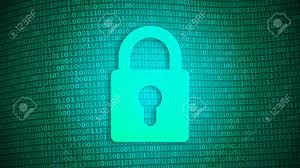
2. Misuse and Protection of Computing Resources
There are many diffrent ways that computing resources could be abused, such as through virus penetration,
unauthorized access, and vulnerability exploitation. Weak passwords, unpatched software, and social
engineering assaults can all lead to unauthorized access, which gives hackers access to networks and
compromises private information. Via USB devices, compromised websites, or malicious email attachments,
malware can infect computer resources and cause data loss, system damage, or unauthorized access. The
integrity and security of computer resources can be further jeopardized by attackers using vulnerabilities
in software or network setups to obtain unauthorized access or launch assaults.
Some ways that this could be avoided are: 1. Keep softwares and operations up to date: Always use the
latest security patches and updates to your computer. Unpatched softwares are the easiest to get in to
for attackers. 2. Automate updates: Keep auto updates on to prevent mistakes and negligence. 3. Antivirus
softwares: Antivirus softwares can help protect your device from harmful viruses. Antivirus protection
scans your files and your incoming email for viruses, and then deletes anything malicious. Setting this to
check for viruses every day is a good option. A thorough scan is also recommended at least twice a month.
Another way that you can avoid this is by using firewalls, which is a software or a piece of hardware
that helps block viruses and hackers from entering into your system. Be sure to have your firewall in your
settings. Choosing strong passwords are important in keeping your informatinon safe. Strong passwords
have at least 8 characters, numbers, special characters, and do not reference your password to anything that
could be found in your personal information. Consider using unique passwords for different online accounts
you use. There are many data breaches that could occur, for example, Over 147 million people's personal
information was compromised in a significant data breach that occurred in 2017 at Equifax, one of the biggest
credit reporting companies.
Hacks like these highlight the dangers of spreading personal information and could result in identiy theft
and financial crime.
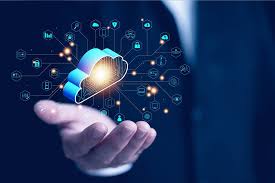
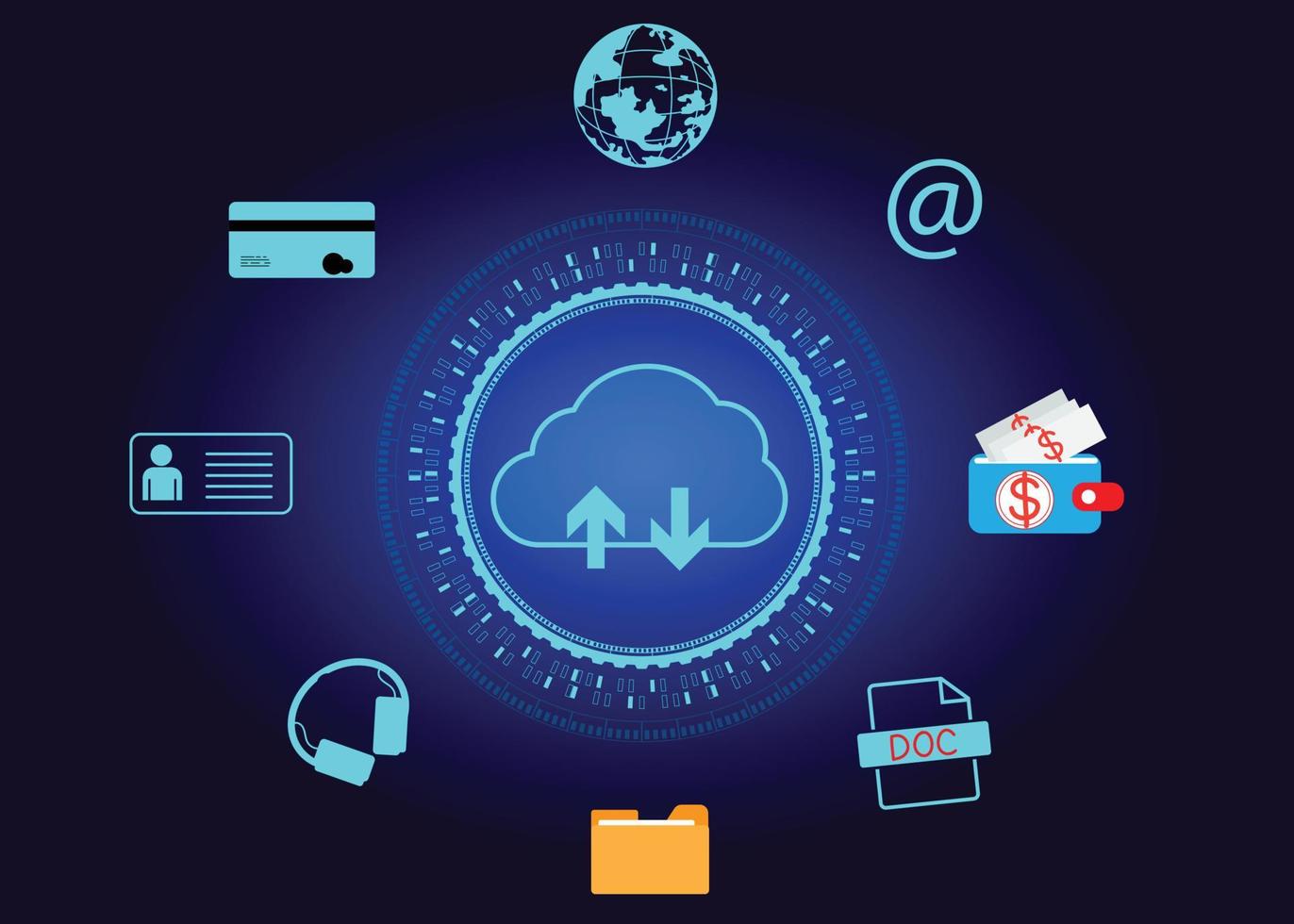
3. Unauthorized Acces to Information
Unauthorized access to data can be obtained in a number of ways, most likely by taking advantage of vulnerables
in people or lack of security protocols. Exploiting software vulnerabilities is a popular
method by which hackers find and use holes in systems or software to get access. This could include taking use
of unpatched software or zero-day vulnerabilities, which are weaknesses that the program developer
or seller is unaware of. Attackers can circumvent security measures and obtain unauthorized access to private
data kept on the compromised systems by taking advantage of these flaws.
More specific examples of how unauthorized information is gained can be through social engineering. Some links,
which are sent through emails, pop up on sites, can decieve people into leaking personal information.
Another example is credential stuffing, which is when attackers can target an easily exploitable item and infiltrate
it, getting access to systems.
Some ways to prevent unauthorized access to information include implementing strong passwords, using multi-factor
authentication, monitor user activity, and conduct security awareness training.
Over 40 million consumers' credit card information was exposed in a data breach that occurred in 2013 at Target, one of
the biggest retail chains in the US. Via a third-party HVAC vendor, hackers were able to
obtain unauthorized access to Target's network and infect the point-of-sale systems of the business with malware. Target
suffered large financial losses as well as reputational harm as a result of this hack.
So always remember these tips and be aware of scams!
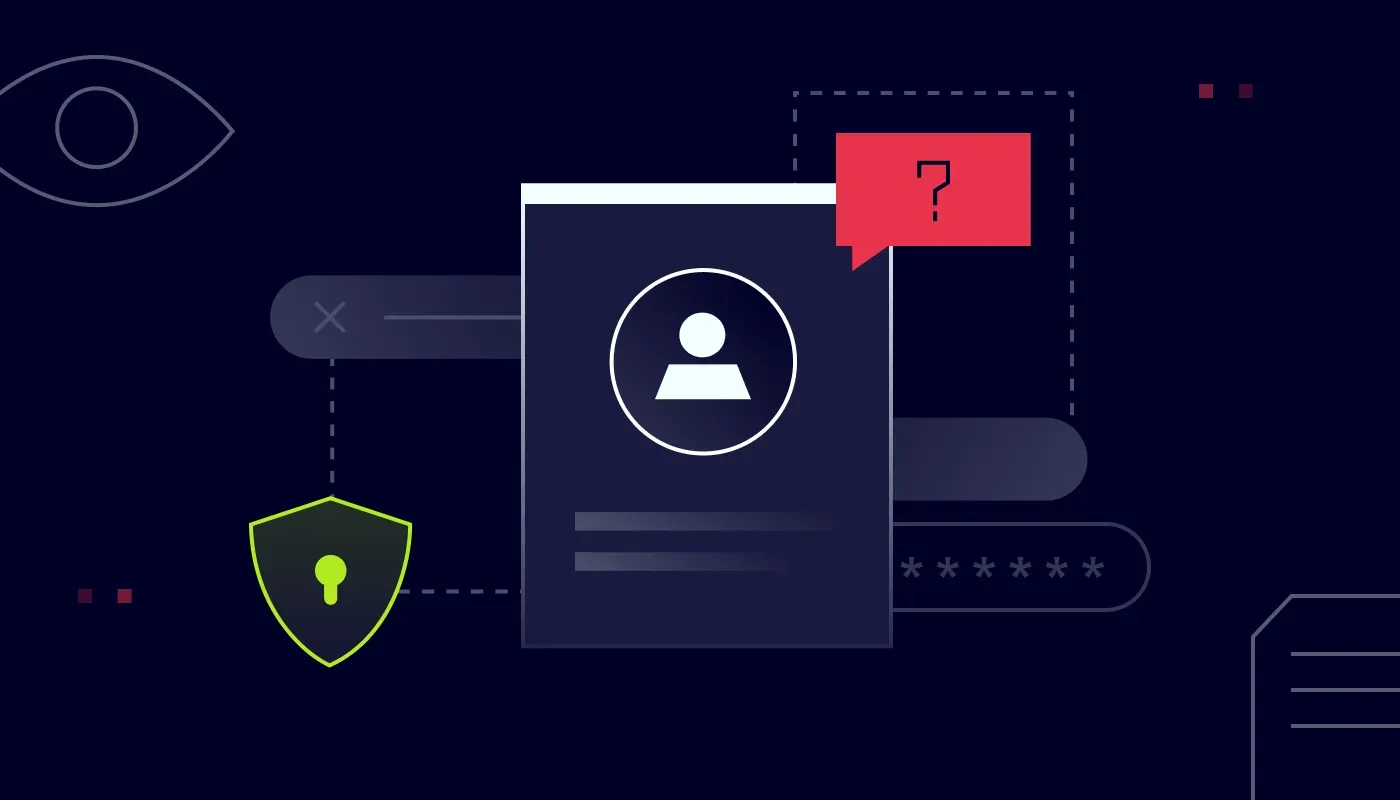
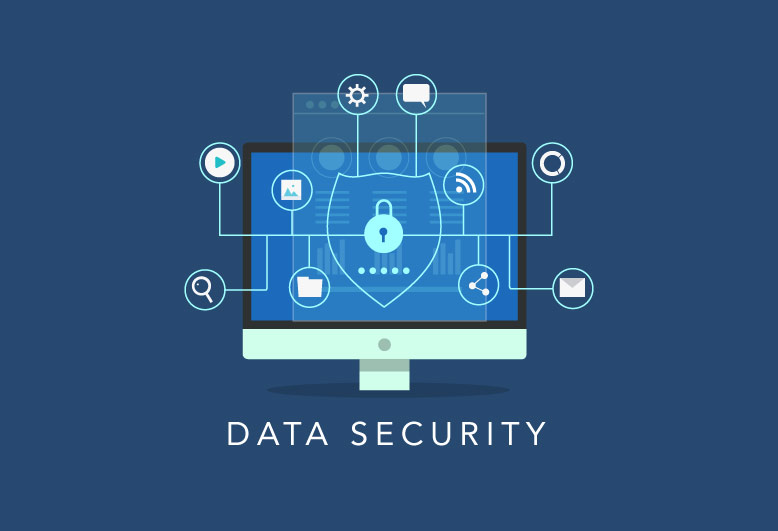
4. Benefits and Risks of Computing Innovations
Computing innovation has the potential to better nearly every aspect of our lives. In fields such as healthcare,
education, and science, computing innovation allows for breakthroughs in diagnostics, treatment,
and discovery, enhancing humans as a whole. More specific examples include the advancement of information technology
which significantly improved health care services, especially remote health monitoring.
Alongside its amazing potential, computing innovation also creates concerns about its unintended purposes and
societal impact. For example, artificial intelligence is currently disrupting labor and workers, as
seen in the hollywood strike for writers. Seemingly overnight, the gpt AI chatbots "captured the public’s
attention by excelling at precisely the kinds of non-routine skills that have long been considered
quintessentially 'human.'"
By prioritizing ethical principles such as education, accountability, and inclusivity, we can get the
benefit potential of computing innovation while minimizing its potential harms and ensuring that technology
serves the collective good.

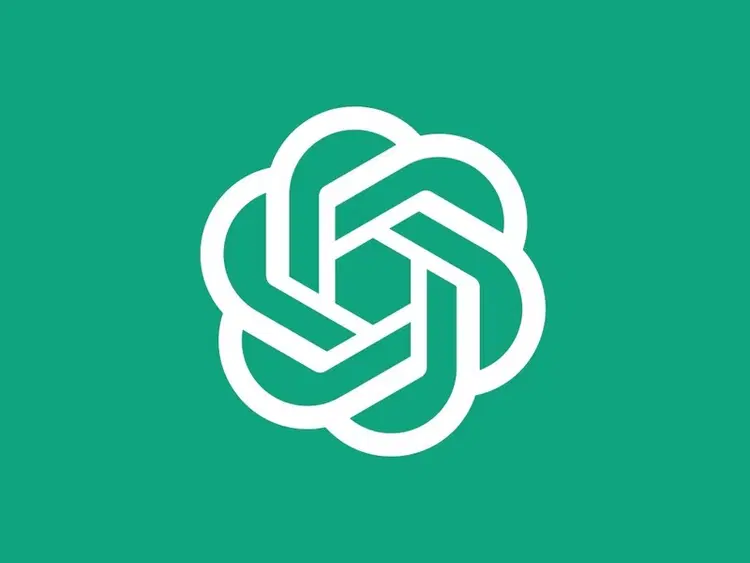
Bibliography
https://www.digitalguardian.com/blog/what-data-privacy-top-risks-best-practices#:~:text=Data%20Breaches%3A%20Unauthorized%20access%20to,to%20intercept%20and%20steal%20data.
https://oag.ca.gov/privacy/facts/online-privacy/protect-your-computer
https://www.sganalytics.com/blog/how-companies-are-using-big-data-analytics-examples/
https://www.syteca.com/en/blog/detecting-and-responding-to-unauthorized-access#:~:text=There%20are%20several%20common%20scenarios,usernames%2C%20passwords%2C%20and%20PINs.
https://redriver.com/security/target-data-breach#:~:text=What%20Happened%20During%20the%20Target,was%20one%20of%20the%20largest.
https://www.syteca.com/en/blog/detecting-and-responding-to-unauthorized-access#:~:text=There%20are%20several%20common%20scenarios,usernames%2C%20passwords%2C%20and%20PINs.
https://pmc.ncbi.nlm.nih.gov/articles/PMC9601636/
https://www.brookings.edu/articles/hollywood-writers-went-on-strike-to-protect-their-livelihoods-from-generative-ai-their-remarkable-victory-matters-for-all-workers/